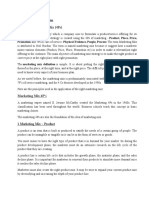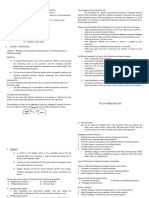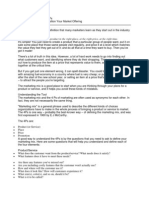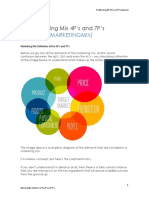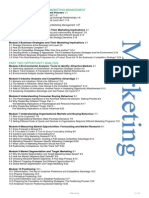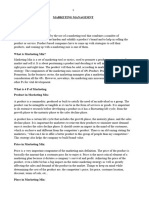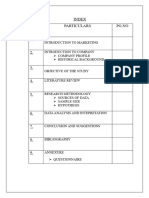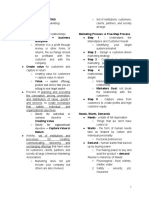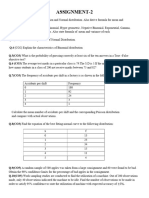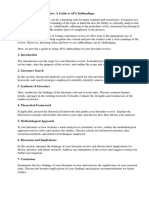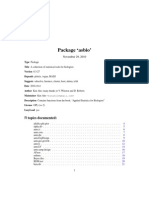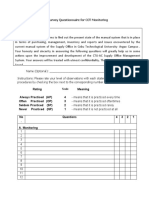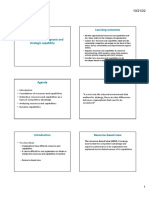0% found this document useful (0 votes)
26 views19 pagesBA Unit 5 UA Own
The document outlines the importance of marketing strategy, marketing mix, consumer behavior, and the selling process in achieving business success. It emphasizes understanding customer needs, creating effective marketing plans, and utilizing predictive analytics to enhance marketing and sales efforts. Key components include setting clear goals, identifying target markets, and employing the 7Ps of marketing to ensure products meet customer demands.
Uploaded by
SUJITHA MCopyright
© © All Rights Reserved
We take content rights seriously. If you suspect this is your content, claim it here.
Available Formats
Download as DOCX, PDF, TXT or read online on Scribd
0% found this document useful (0 votes)
26 views19 pagesBA Unit 5 UA Own
The document outlines the importance of marketing strategy, marketing mix, consumer behavior, and the selling process in achieving business success. It emphasizes understanding customer needs, creating effective marketing plans, and utilizing predictive analytics to enhance marketing and sales efforts. Key components include setting clear goals, identifying target markets, and employing the 7Ps of marketing to ensure products meet customer demands.
Uploaded by
SUJITHA MCopyright
© © All Rights Reserved
We take content rights seriously. If you suspect this is your content, claim it here.
Available Formats
Download as DOCX, PDF, TXT or read online on Scribd
/ 19

